Text
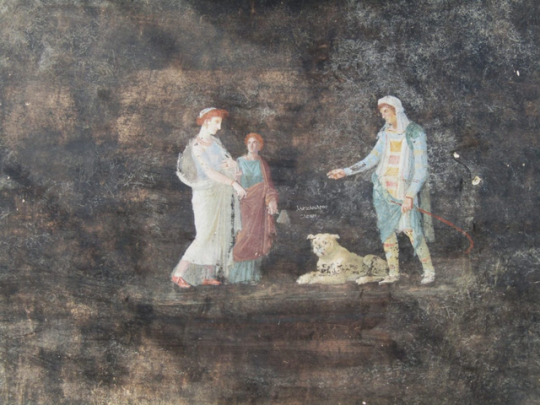
A fresco depicting Helen of Troy with Paris, identified as "Alexandros," with a third figure was found among other works of art in a Pompeiian banquet hall.
Third or Ornamental Style of Roman wall painting, (ca. 20 B.C.– 20 A.D.),
Image courtesy Parco Arcaeologico di Pompei
#art#history#design#style#archeology#antiquity#figure#fresco#pompeii#italy#helen of troy#paris#third style#ca.20B.B.#20 A.D.
8 notes
·
View notes
Text

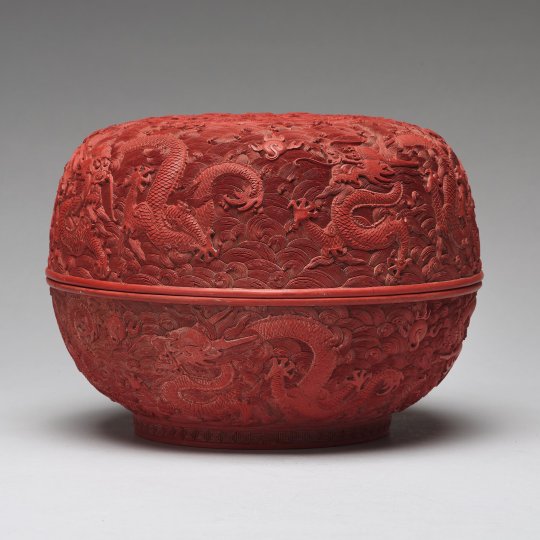

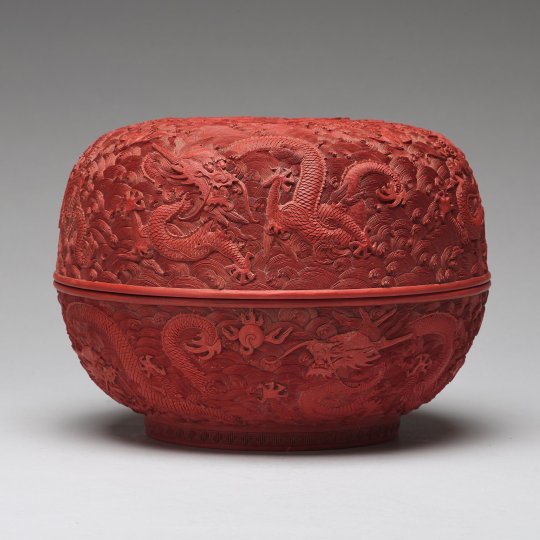

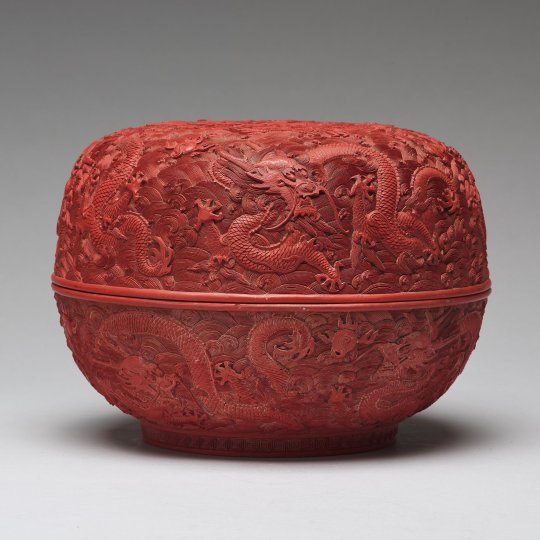



A carved red dragon box with cover, Qing dynasty (1662-1912),
Carved in various levels of relief with a five-clawed dragon to the top of the cover, pursuing a flaming pearl amongst swirling clouds, further dragons pursuing flaming pearls, the base and interior lacquered black.
Height 21 cm. Diameter 28,5 cm.
Courtesy: Bukowskis
#art#history#design#style#sculpture#antiquity#carved#dragon#box#qing dynasty#pearld#bukowskis#clouds#laquered#red
24 notes
·
View notes
Text

Standing Figure, c. 900–400 B.C.
Mexico, Olmec culture, Middle Pre-Classic period (900–300 B.C.),
Jadeite, 13.9 x 6.9 x 2.9 cm.
Kimbell Art Museum, Fort Worth, Texas
#art#history#design#style#archeology#sculpture#antiquity#figure#mexico#olmec culture#pre-classic period#jadeite#kimbell art museum
15 notes
·
View notes
Text
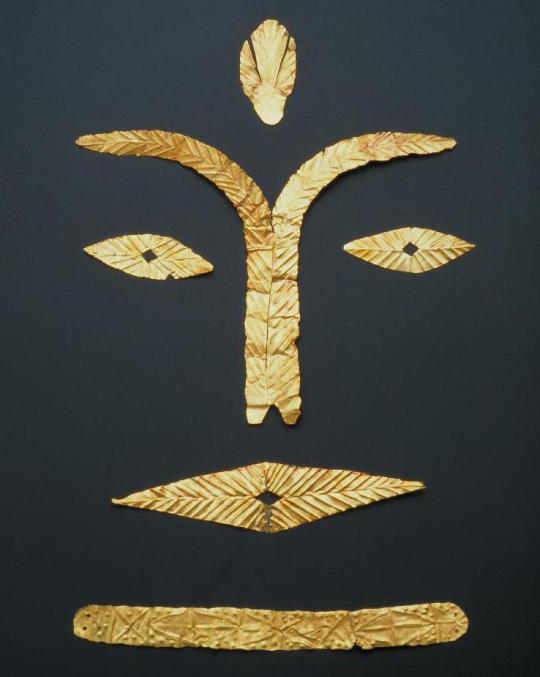
Funerary Face Cover, Java, Indonesia,
Preclassic Period (ca. 500 B.C.E. / 500 C.E.)
Gold,
Eye-Nose cover: 4.54 × 4.8 cm, 1.087 g, 0.01 cm (1 13/16 × 1 7/8 in., 1.087 g),
#art#history#design#style#archeology#sculpture#antiquity#mask#funerary#java#indonesia#preclassic period#gold#jewelry#jewellery
18 notes
·
View notes
Text
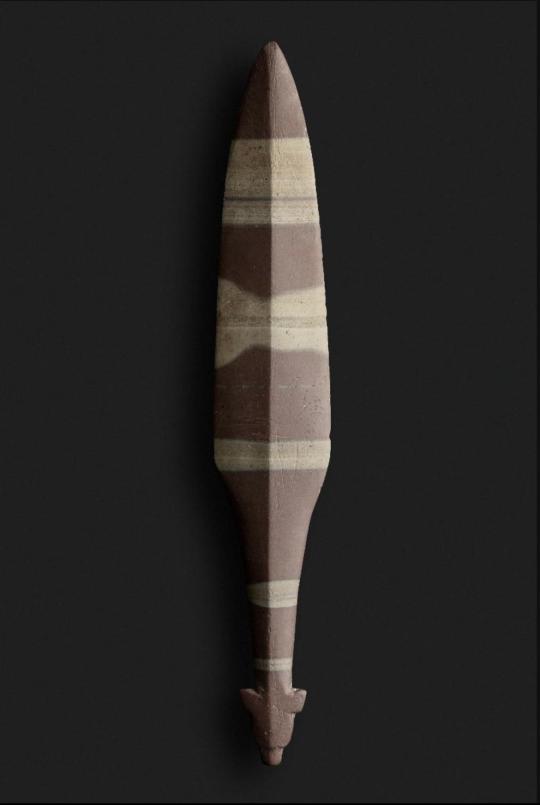

Dagger with a Bear Head, from Pyhäjoki, Finland,
Neolithic Stone Age (ca. 5200-1900/1700 BCE).
Length: 16.0 cm,
Width, largest: 2.7 cm,
Thickness: 0.9 cm
Material: Stone/Slate
Technique: Handicraft
Courtesy: Kansallis Museo, Finland
#art#history#design#style#archeology#sculpture#antiquity#dagger#bear#head#finland#pyhajoki#neolithic#stone age#kansallis museo#stone#slate#handicraft
6 notes
·
View notes
Text

Head of a lion, Late Period–Ptolemaic Period, 400–300 B.C.
Gypsum plaster,
H. 42.5 x W. 40 cm (16 3/4 x 15 3/4 in.)
On view at The Met Fifth Avenue
#art#history#design#style#archeology#sculpture#antiquity#head#lion#egypt#late period#ptolemaic#gypsum#plaster#the met
31 notes
·
View notes
Text

An Egyptian greywacke cosmetic palette,
Predynastic Period, Naqada II, circa 3500-3200 B.C.
In the form of a tilipia fish, with open mouth and circular eyes, the fins with serrated edges, perforated at the top for suspension,
19cm long
Courtesy: Bonhams
#art#history#design#style#archeology#sculpture#antiquity#egypt#palette#cosmetic#greywacke#naqada II#predynastic period#fish#tilipia fish#bonhams
10 notes
·
View notes
Text
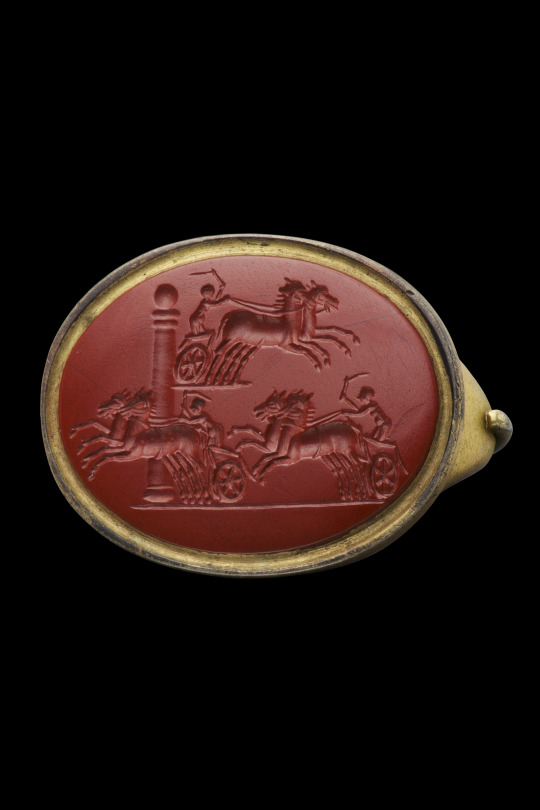
A Roman red jasper ringstone with a chariot race, c. 1st century A.D.
⅞ in (2 cm) wide; ring size 9.
Courtesy: Christie’s in New York
#art#history#design#style#archeology#sculpture#antiquity#christie's#roman#jewelry#jewellery#ring#race#1st century A.D.#jasper#ringstone
32 notes
·
View notes
Text
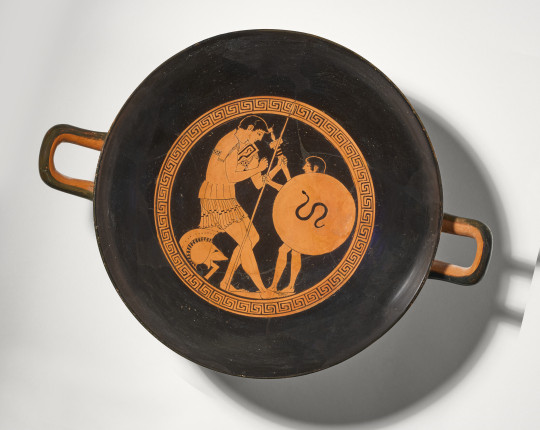
An attic red-figured kylix,
Attributed to the Triptolemos Painter, c. 480-470 BC.
Diameter excluding handles: 9 in (23 cm).
From the Zimmermann Collection,
Courtesy: Christie's
#art#history#design#style#archeology#antiquity#christie's#kylix#triptolemos#paint#plate#vessel#pottery#figure#stoneware#cup
10 notes
·
View notes
Text

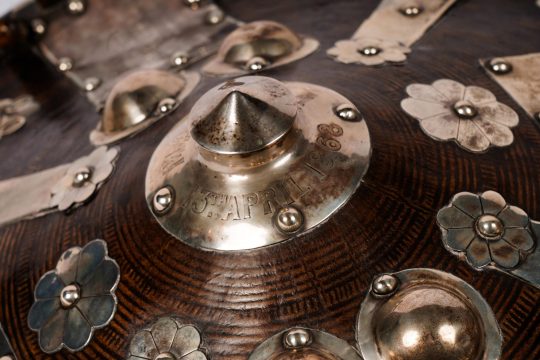
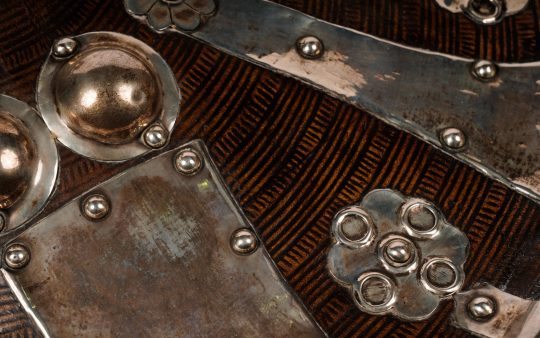
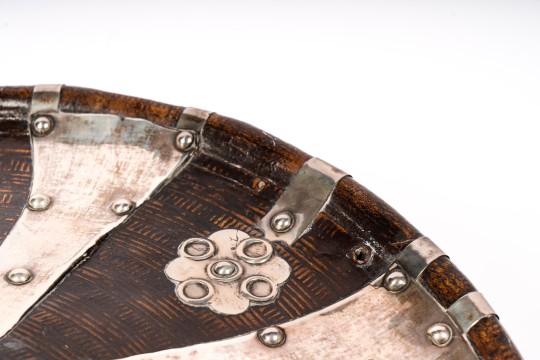
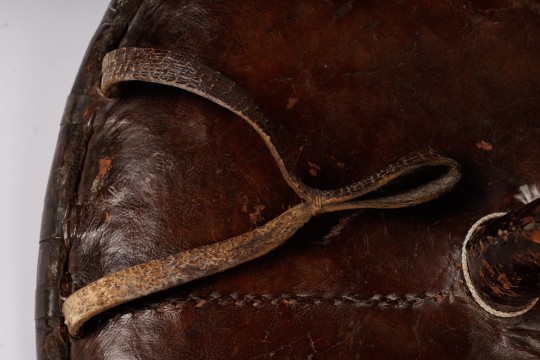

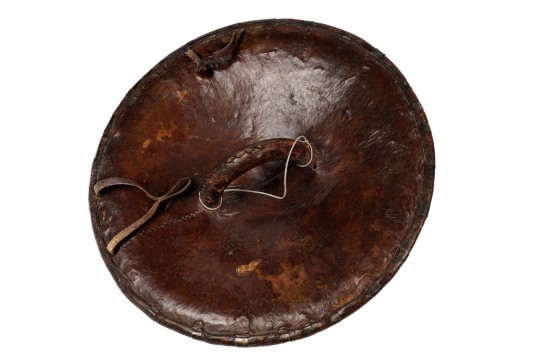
A 19th Century Abyssinian shield,
The circular dome shield made from hide and decorated in blind, with white metal strapwork and floral appliquets, the central boss engraved description "Magdala 13th April 1868", the reverse with carrying handle,
52cms diameter.
Lord Napier led the expedition of 1868 against Emperor Tewodros II of Abyssinia (modern day Ethiopia). The Abyssinian ruler was holding a number of Protestant missionaries hostage, in his mountain capital of Magdala, as well as two British diplomats who had attempted to negotiate their freedom.
After months of planning, the advance guard of engineers landed at Zula on the Red Sea to constuct a port on 30th October 1867; Napier himself arrived in Zula 2nd January 1868, on the 25th January 1868 Napier led his group south to Ethiopian highlands.
After traversing 400 miles of mountainess terrain in inhospitable weather, Napier's troops reached the foot of Magdala on the 9th April 1868, and the next day, defeated the 9000 troops still loyal to Tewodros at the battle of Magdala for the loss of only two British lives.
Although Emperor Tewodros II surrender his hostages and made repeated efforts for a negotiated surrender, the distrustful Napier pressed on and ordered an assault on the mountain redoubt on 13th April 1868. The British captured Magdala and Emperor Tewodros killed himself. Napier then ordered the destruction of Tewodros' artillery and the burning of Madgala as retribution. This included the expedition and its troops looting many local artifacts which they took back to Britian.
Napier was elevated to the peerage as Baron Napier of Magdala on 11th July 1868 and granted annuity and ammunity for life.
Courtesy: Anderson and Garland
#art#history#design#style#sculpture#antiquity#19th century#imperial#africa#african history#african heritage#tewodros II#magdala#shield#abyssinian#ethiopia#colonialism#colonial violence#napier#anderson&garland
38 notes
·
View notes
Text

300K+ Followers!
Thank You All so Much for All of Your Likes, Follows, Shares,
I couldn’t have reached this Milestone without You !
You All are Amazing!
#follow#300000#thank you#millstone#thank you all#tumblr radar#share#abstract#design#thank's#tumblr milestone#tumblr#love#followers#likes#like#aesthetic#300k celebration#300K#thankful#grateful#style#architecture#interiors#thank u#fun#photography#antics#archeaology#classical antiquity
65 notes
·
View notes
Text
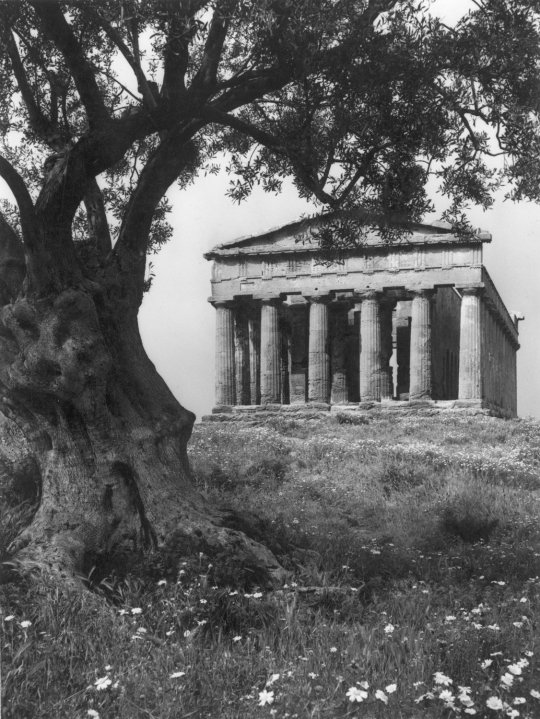
'Tempio della Concordia,' 1955,
Valley of the Temples, Agrigento, Sicily, Italy,
Photo by Konrad Helbig
#art#history#design#style#sculpture#antiquity#architecture#temple#vintage photography#sicily#italy#konrad helbig#concordia#agrigento#akragas
496 notes
·
View notes
Text
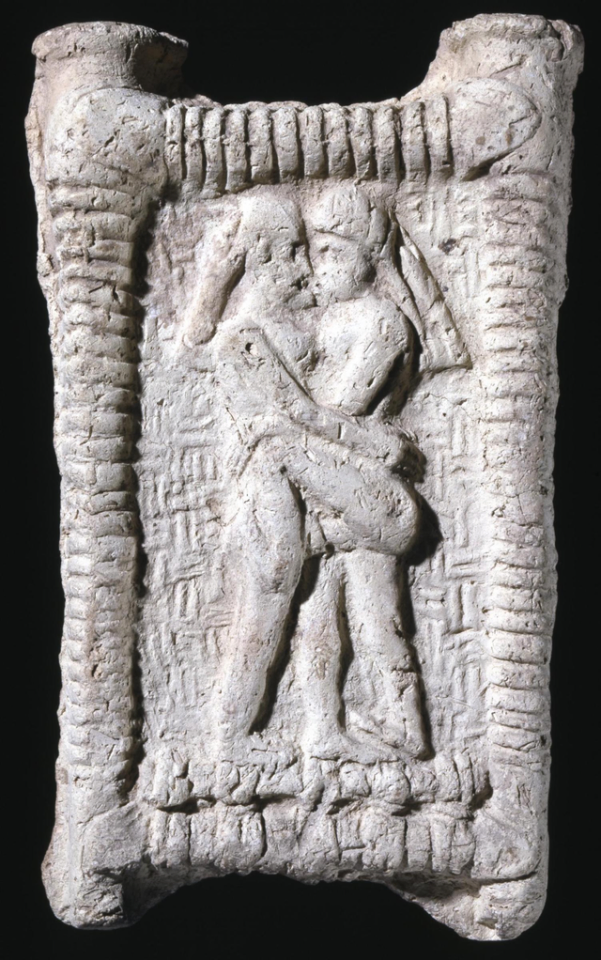
A clay model shows a couple kissing,
The work is dated approximately 1800 BCE, originating from Mesopotamia.
© The Trustees of the British Museum,
Image courtesy Troels Pank Arbøll
#art#love#lovers#kiss#clay#couple#kissing#mesopotamia#british museum#1800BCE#sculpture#archeology#happy valentine's day#happy valentines
219 notes
·
View notes
Text




Pyxis, Etruscan, 7th-5th century,
Greek · Attic, 5th century B.C.
Molded in the form of a ram’s head, the muzzle black-glazed, with reserved areas along the grooves at the end of the nose, the nostrils and the mouth, the bulging eyes in added white, with thick molded lids, the fleece composed of a series of tiny raised pellets, the underslung horns ribbed, the black-glazed ears emerging from within, wisps along the forehead in dilute glaze
The bowl with the goddess Aphrodite enthroned on a klismos, her right elbow leaning on the back of her chair, her left forearm resting on her leg, a dove standing on the chair beside her, her winged son Eros standing with a fan behind her, a draped female standing before her, wearing a rayed diadem, presenting her with an alabastron in her extended right hand, her drapery held up in her left, Ares further to the right, depicted nude but for a himation pinned at his neck, his dagger secured by a baldric, spears in his left hand, a draped female before him with a phiale in her extended left hand; palmettes on either side of the handle, with two dotted circles in between
The vessel perforated at the ram’s mouth.
Terracotta, L: 21 cm
Courtesy: Phoenix Ancient Art
#art#history#design#style#archeology#sculpture#antiquity#ram#terracotta#etruscan#ares#pyxis#aphrodite#klismos#7th century#5th century#greece
36 notes
·
View notes
Text



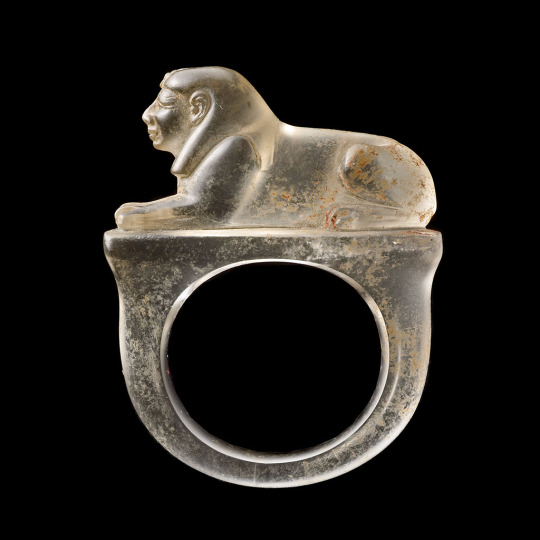
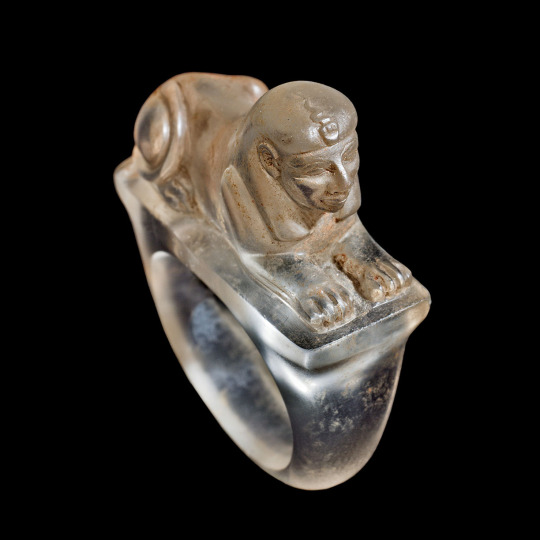
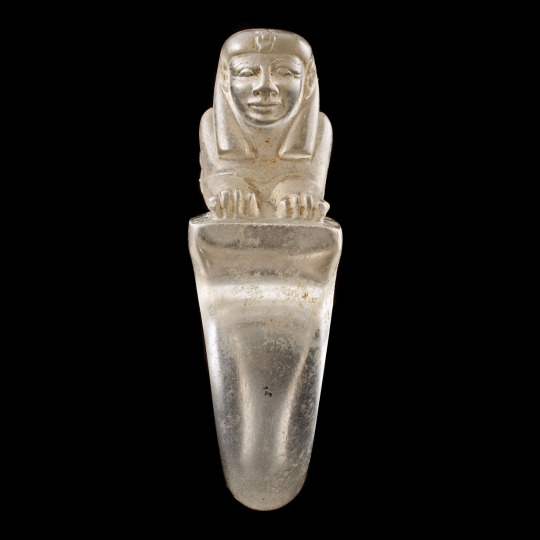
Egyptian Rock Crystal Ring with a Sphinx,
Egyptian · New Kingdom, Ramesside period, IX - XX Dynasty , 1295 - 1069 BC.
The design and execution of the sphinx is masterful. It rests with its tail characteristically following the contour of its right, hind leg, around which it rests.
Like most Egyptian sphinxes, the head of this example is covered by a nemes-headdress, here plain, to the front of which has been affixed a uraeus, or sacred cobra, its tail undulating over its top.
Attention has been paid to the detailed rendering of the toes on the extended front paws. The round face of the sphinx is dominated by large, almond-shaped eyes, set into fairly deep sockets with its eyebrows rendered by incision. The nose exhibits wide wings, its nostrils drilled and prominent. A faint philtrum, or depression, under the center of the nose separates it from the wide, horizontally aligned mouth with its fleshy lips.
The resulting physiognomy gives one the impression of strength and power, devoid as it is of the bland, idealizing features which often characterize the faces of such composite beasts.
That impression contributes significantly to the monumentality inherent in this miniature, jewel-like masterpiece.
Whereas it is difficult to compare the face on our sphinx, despite its inherent monumentality, to much larger examples in stone in order to suggest the identity of the pharaoh represented, its round face and non-idealizing features with their pronounced cheek bones resonate with physiognomic features encountered in some representations of Rameses II.
Rock crystal, perhaps termed menu hedej, in the hieroglyphs was a stone much coveted for amulets and miniature, deluxe vases but its use, because of its rarity, was very restricted.
Rock Crystal, L: 3.2 cm x H: 4.1 cm
Courtesy: Phoenix Ancient Art
#art#history#design#style#archeology#sculpture#antiquity#egypt#sphinx#new kingdom#ring#jewellery#jewelry#rock crystal#XX dynasty#miniature
99 notes
·
View notes
Text

Moai Head, Chile, Between circa 1250 and circa 1500,
Basalt, H 170 cm (66.9 in) , W 100 cm (39.3 in), Thick 90 cm (35.4 in)
Collection Musée du Quai Branly, Paris.
#art#history#design#style#archeology#sculpture#antiquity#figure#moai#head#basalt#musée du quai branly#rapa nui#easter island
19 notes
·
View notes
Text
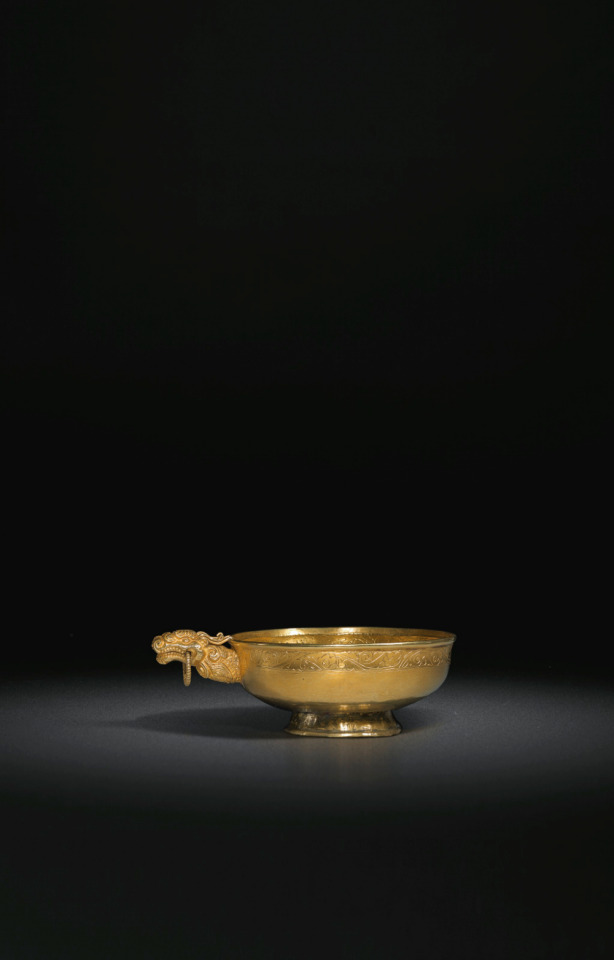


A gold ‘dragon’-handled cup, Yuan dynasty (1279-1368),
The cup has a shallow bowl with rounded sides raised on a gently flared ring foot. The handle is exquisitely executed in repoussé from two gold sheets as a dragon head suspending a loose ring from its clenched jaws.
The cup is chased with a narrow band of foliate scroll below the mouth rim, and the bottom of the interior is chased with three peony blossoms borne on leafy, scrolling stems on a stippled ground within a 'bead' border.
4 3/8 in. (11.2 cm.) wide; weight 72.1 g.
Courtesy: Christie's
12 notes
·
View notes